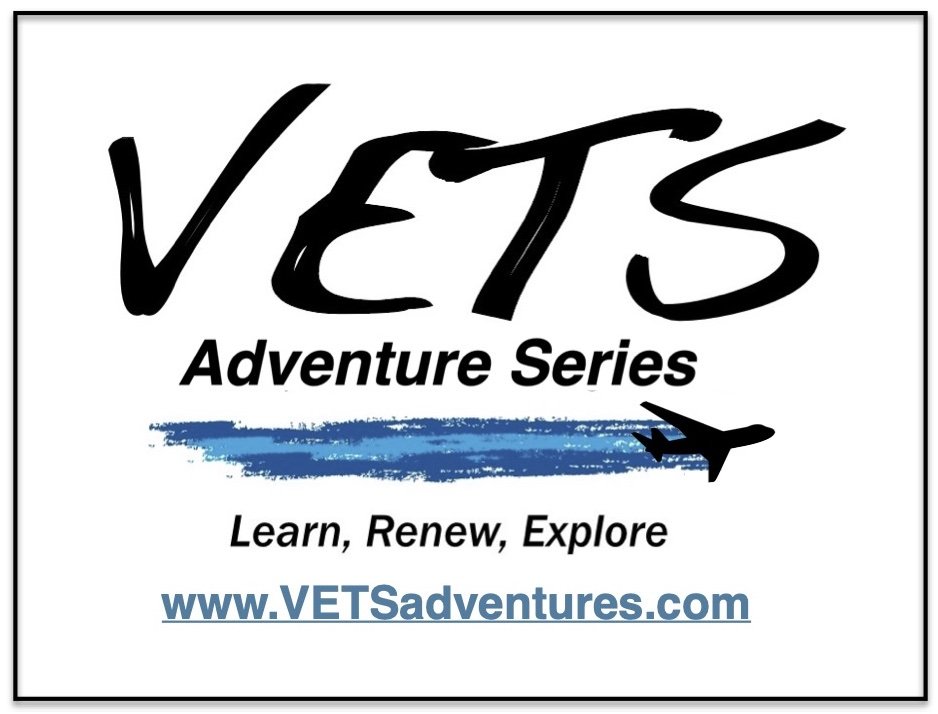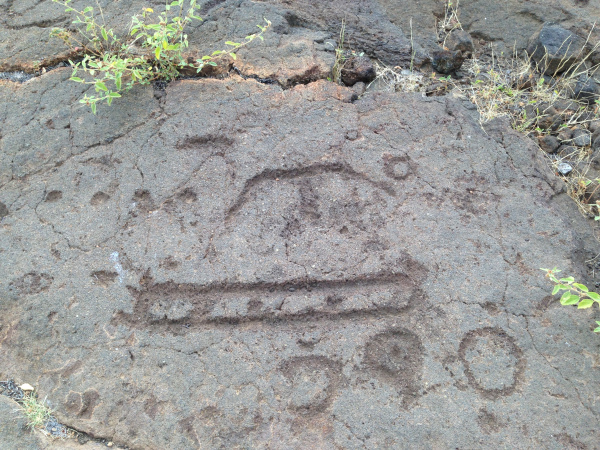Eighteen year’s after Captain James Cook “discovered” Australia in 1770 the English sent eleven ships carrying 778 convicts (men, women and children as young as nine) to Cook’s landing spot, Botany Bay (about 20 km from Sydney) to create a colony. These ships are called the “First Fleet” and are considered as their equivalent of our “Mayflower”. The first recorded words spoken by the Aborigines and directed to these “invaders” were “Warra Warra”, meaning, “Go away”. They didn’t.
The 1788 shipment of convicts from England to Australia was in part as a consequence of the successful American Revolution, thereby eliminating the ability for England to continue to ship her convicts to Georgia, Virginia and the Carolinas (which was a common practice). A backlog of prisoners in English jails resulted, growing at a rate of about 1,000 per year. At the same time French ambitions in the Pacific spurred the English to secure a position in the region and they adopted a policy of exporting their backlog of prisoners “down under”.
When Cook landed in Botany Bay in 1770 it was the rainy season, however when the First Fleet arrived in 1778 it was the dry season and the fresh water and green grasses Cook described were nowhere to be found. The fleet sailed about 19 km north and discovered a great harbor with fresh water and settled there, naming it after Lord Sydney, and the colonization era began.
The first years were very difficult and the success of the colony was in jeopardy until 1791 when a second fleet arrived with supplies and more convict labor. Most of the convicts were petty criminals charged with minor offenses such as stealing food for their kids. Some were political prisoners, and about half of all those transported had received a seven-year sentence and could return to England at the end of their term if they could pay their way. Those with skills or wealth might be freed early and were able to establish small businesses around Sydney. The distance and cost of securing passage back to England meant most who were transported to Australia were there for life. With the exception of South Australia all other Australian territories were founded with convict labor. Transportation of convicts to Australia ended in 1868 at which time about 160,000 people had been exiled there from England.
Captain William Bligh, of “Mutiny on the Bounty” fame, became the second governor of the colony in the early 1800’s but was unable to break the power of the “Rum Corps”, a gang of ex-army individuals from the first voyage who controlled all aspects of the colony and used rum as their currency. I think most of us will be surprised to learn that Captain Bligh suffered a second mutiny as governor and lost power to the “Rum Corps” who remained in power until a third governor arrived. The “third time was a charm” as Mr. Lachlan Macquarie from Scotland was successful in wrestling power from the Rum Corps, organizing and stabilizing the colony and eventually was pivotal in Australia officially being so named.
Australia has one large and navigable river, the Murray-Darling that flows for over 1,500 miles from the Victorian mountains west and south to the cost of South Australia. This river irrigates the majority of the prime farmland. Many of the ranches today, especially those outside of Victoria or South Australia, encompass hundreds of thousands of acres. There is abundant water that can be harvested with wells, but most of the land requires about 50 acres to produce enough feed to sustain one cow for one year. With as many as 160 million sheep in the country a ranch needs to be pretty darn big to feed all those mouths.
Gold rushes in the 1850’s attracted tens of thousands of miners and are thought by some to be the major force that made Australia into a prosperous colony. Additional strikes followed in Western Australia and Queensland, attracting about 90K prospectors per year. Today Australia produces more than 200 tons of gold per year. Much of this production comes from huge open-pit mines in Western Australia, northern Queensland and the Northern Territory.
Other minerals found in Australia include silver, lead, zinc, copper, uranium, opals (85% of the world’s known supply), diamonds (>1/3 of the world’s supply), coal and petroleum.
Australia grew as independent territories reflected in the map below. They apparently didn’t agree on much (for example every railroad had a unique gauge and it was not possible to take one train across territorial borders). In 1901 the politicians came together and formed a commonwealth. As part of that agreement the new capital could not be in any existing territory so some land was given by New South Wales to create an independent area (the Australian Capital Territory (Canberra)(sounds like what we did in Washington DC)).
Following World War II Australia set on a policy of inviting immigrants under the banner of “populate or perish”. The population grew rapidly with immigrants from all over the world throughout the 1950’s and 1960’s.
In 1788 when the First Fleet landed it is estimated there were about 300,000 Aborigines on the continent. These people were scattered among over 400 tribes all with distinct languages and customs. The history of Australia and their aborigines in many ways paralleled our history with America’s native populations.
In the 1960’s Australia experienced civil disobedience associated with Aborigine rights. In 1967 Aborigines received full citizenship and voting rights. Subsequently, two major court decisions provided the Aborigines with legal title to their lands (in 1992) and with title allowing for mining and pastoral leases while still retaining ownership (in 1996). While land issues remain politically contentious and continue to play out in Australian society, the Aborigine population has made inroads to more equitable treatment.












































